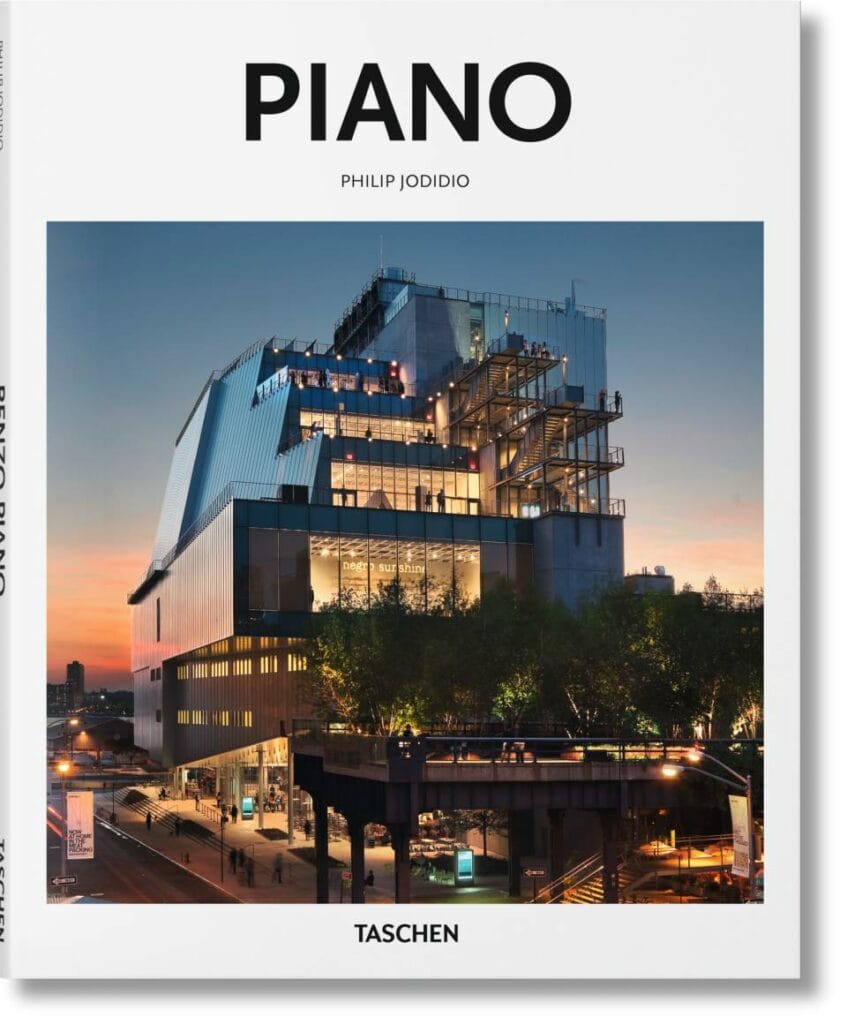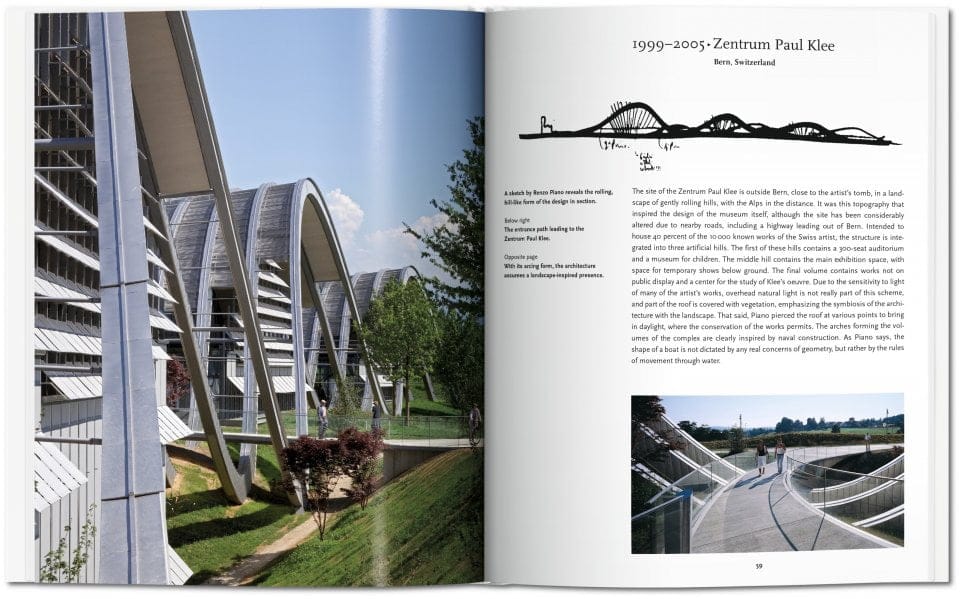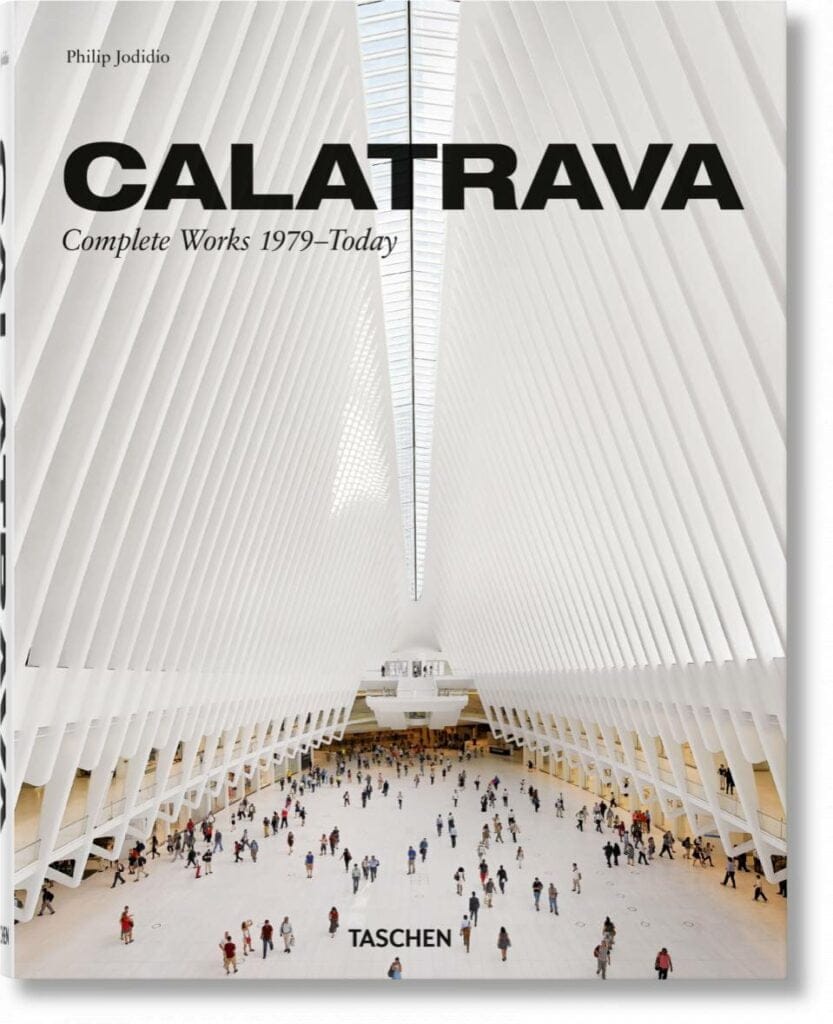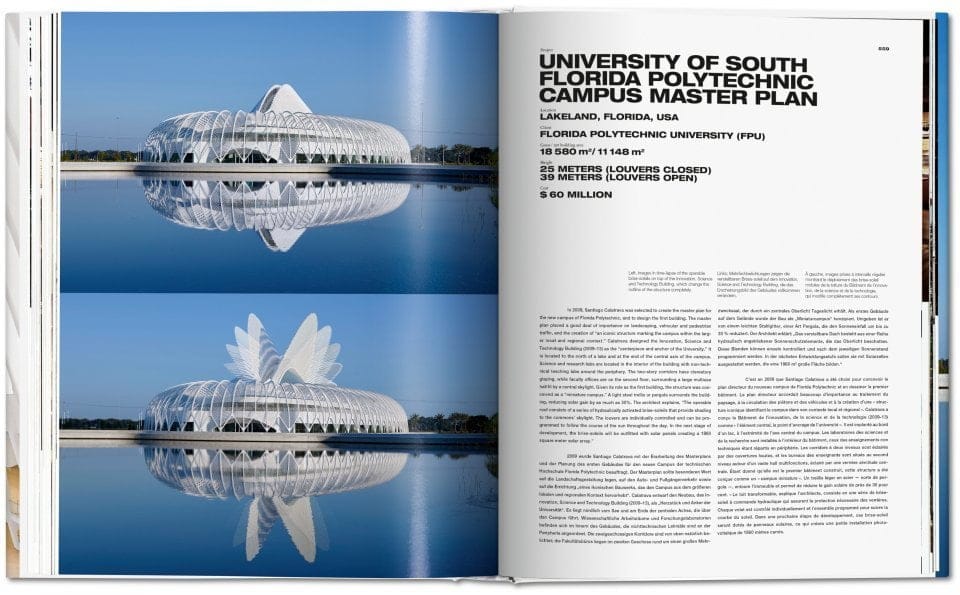New Arrivals in Architecture
30 August 2021
Mackintosh
In this introductory book, we take in Mackintosh’s practice across art, architecture, and design to explore his particular combination of the statuesque and sensual and its vital influence on modernist expression across Europe. Featured projects include his complete scheme for the Willow Tea Rooms and the Mackintosh Building at the Glasgow School of Art, widely considered Mackintosh’s masterwork.
Gaudi
From the towering Sagrada Família to the shimmering, textured façade of Casa Batlló and the enchanting landscape of Park Güell, it’s easy to see why Antoni Gaudí (1852–1926) gained the epithet “God’s architect.” With fluid forms and mathematical precision, his work extols the wonder of natural creation: columns soar like tree trunks, window frames curve like flowering branches, and ceramic tiling shimmers like scaly, reptilian skin.
Hadid
Discover the audacious futurism of Zaha Hadid. As the first woman to win both the Pritzker Prize for architecture and the RIBA Royal Gold Medal, Hadid broke the rules and re-defined the game, despite some saying her designs were unbuildable. At the time of her unexpected death in 2016, she was firmly established as the first great architect of the noughties.
Modern Architecture A-Z
With more than 280 entries, this architectural A-Z, now part of our Bibliotheca Universalis series, offers an indispensable overview of the key players in the creation of modern space. From the period spanning the 19th to the 21st century, pioneering architects are featured with a portrait, concise biography, as well as a description of her or his important work.
CCCP: Cosmic Communist Constructions Photographed
Cosmic Communist Constructions Photographed explores 90 buildings in 14 former Soviet Republics. Each of these structures expresses what Chaubin considers the fourth age of Soviet architecture, an unknown burgeoning that took place from 1970 until 1990.
Louis I. Kahn
Piano
Piano rose to international prominence with his codesign of the Pompidou Center in Paris, described by The New York Times as a building that “turned the architecture world upside down.” Since then, he has continued to craft many high-profile cultural spaces, including the Modern Wing of the Art Institute of Chicago; the Morgan Library Renovation and Expansion in New York; and, most recently, the Whitney Museum of American Art, an asymmetric nine-story structure in Manhattan’s Meatpacking District with both indoor and outdoor galleries. In New York and London, the Renzo touch has also transformed the skyline with the towers of the New York Times Building and the Shard, the tallest building in the European Union.
Calatrava
Spanish visionary Santiago Calatrava is renowned around the world as an architect, structural engineer, sculptor, and artist. Famed for bridges as much as buildings, he has made his name with neofuturistic structures that combine deft engineering solutions with dramatic visual impact.
The Grand Tour
Travelling the world with an architect’s eye Architect Harry Seidler spent more than 50 years traveling the globe, extensively photographing the peak achievements in architecture from 3000 B.C. to the present day. Thanks to sound advice given to him early on by his photographer brother Marcell (“Only use Leica cameras and Kodachrome film, which is archival”), Seidler’s hobby quickly developed into a passion and, finally, an impressive archive of world architecture.























